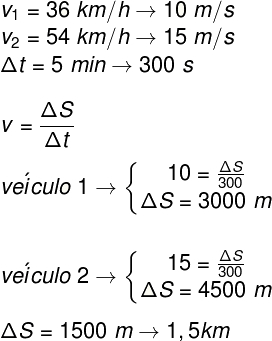In the study of Thermodynamics, it is learned that evaporation is a physical phenomenon that occurs at any temperature, as the surface is exposed to the environment. It is correct then to say that without providing heat to the water it will evaporate. Evaporation occurs because molecules with greater speed are able to escape through the free surface of the liquid. Thus, in evaporation the temperature of the liquid decreases, because when molecules with greater speed escape, the kinetic energy decreases.
When a certain amount of water is placed in a closed container, at a certain temperature, the process of evaporating the water contained in the container soon begins. After a while, evaporation inside the insulated container will stop. When evaporation stops inside the insulated container, it will be saturated with steam, that is, it will be full of water vapor.
Do not stop now... There's more after the advertising ;)
The internal pressure in the container is exerted by the water vapor itself, so the internal pressure of
maximum steam pressure and the steam contained in the container is called saturating steam. If the temperature of the liquid rises, it will begin to evaporate again; as a result, the internal pressure will also increase.With this, it is concluded that:
increasing the temperature
⇓
the kinetic energy of molecules is increased
⇓
more molecules escape from the surface of the liquid
⇓
more steam
⇓
the pressure increases
By Domitiano Marques
Graduated in Physics
Would you like to reference this text in a school or academic work? Look:
SILVA, Domitiano Correa Marques da. "What is maximum steam pressure?"; Brazil School. Available in: https://brasilescola.uol.com.br/fisica/o-que-pressao-maxima-vapor.htm. Accessed on June 27, 2021.



